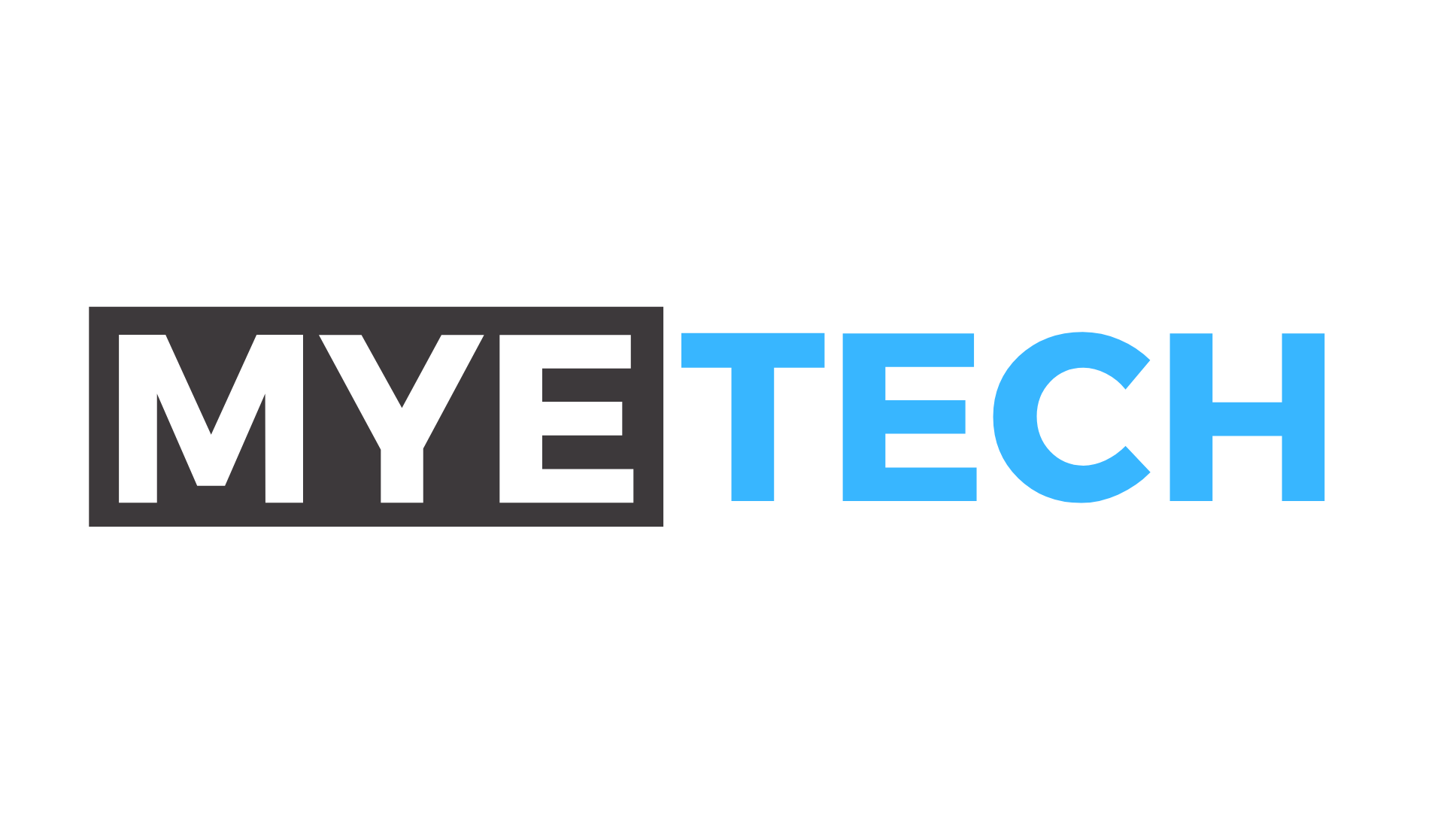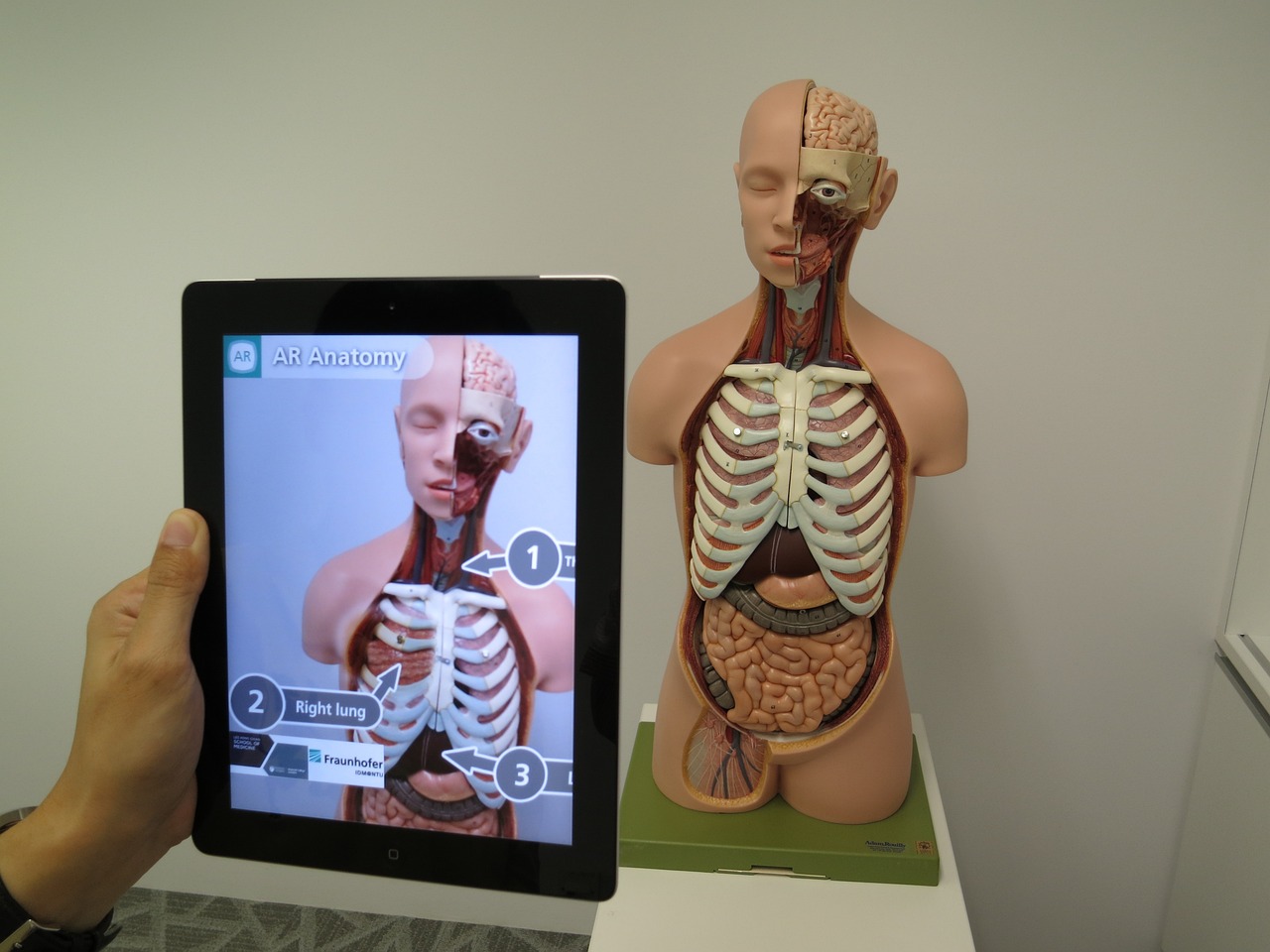Incorporating AR into the classroom is changing the way educators teach and students learn. By merging digital information with real-world experiences, AR creates dynamic, interactive lessons that make abstract concepts tangible and memorable. This blog explores the benefits, applications, and implementation strategies of AR in education.
Benefits of AR in Education
Enhanced Engagement
AR captures students’ attention by bringing lessons to life. Interactive elements such as 3D models, animations, and simulations make learning more engaging and enjoyable. This increased engagement leads to better retention and comprehension of the material.
Improved Understanding
Complex and abstract concepts become easier to understand with AR. For example, students can explore the human body in 3D, examine historical landmarks, or visualize mathematical problems in a more interactive and intuitive way. This hands-on approach helps solidify understanding and promotes critical thinking.
Personalized Learning
AR allows for personalized learning experiences. Students can learn at their own pace and revisit AR content as needed. This individualized approach caters to different learning styles and helps ensure that all students grasp the material.
Increased Collaboration
AR promotes collaboration and teamwork among students. Group projects and interactive AR activities encourage students to work together, share ideas, and solve problems collectively. This collaborative learning environment fosters communication skills and teamwork.
Applications of AR in the Classroom
Interactive Science Lessons
AR can transform science lessons by providing immersive experiences that traditional methods cannot. For instance, students can explore the solar system, dissect virtual organisms, or conduct physics experiments in a safe, controlled digital environment.
History and Geography Exploration
AR brings history and geography lessons to life by allowing students to explore historical sites and geographic locations in 3D. Students can take virtual tours of ancient civilizations, examine artifacts, and interact with historical figures, making learning more engaging and memorable.
Language Learning
AR can enhance language learning by providing interactive vocabulary lessons and immersive cultural experiences. Students can practice new words in context, interact with virtual native speakers, and explore cultural landmarks, enhancing their language skills and cultural understanding.
Mathematical Visualization
Mathematics can be challenging for many students, but AR can help by visualizing complex problems and concepts. Students can interact with 3D geometric shapes, explore graphs and functions, and understand abstract concepts through interactive simulations.
Implementing AR in the Classroom
Start with Clear Objectives
Before integrating AR, it’s crucial to define clear educational objectives. Determine what you aim to achieve with AR, whether it’s enhancing engagement, improving understanding, or promoting collaboration. Clear goals will guide the selection and implementation of AR tools.
Choose the Right AR Tools
Selecting the appropriate AR tools is essential for successful integration. There are numerous AR apps and platforms designed for educational purposes, such as Google Expeditions, Merge Cube, and AR Flashcards. Research and pilot different tools to find the ones that best meet your needs.
Provide Training and Support
Teachers and students need to be comfortable with AR technology. Providing adequate training and ongoing support is crucial. Workshops, tutorials, and help desks can assist educators in effectively incorporating AR into their lessons.
Encourage Experimentation
Encourage teachers and students to experiment with AR and explore its potential. Creating a supportive environment that fosters innovation and creativity will help maximize the benefits of AR in the classroom.
Monitor and Evaluate
Regularly monitor and evaluate the effectiveness of AR integration. Gather feedback from students and teachers to identify areas for improvement and ensure that AR is meeting its educational objectives.
Conclusion
Augmented Reality is transforming the educational landscape by creating interactive, immersive learning experiences that enhance student engagement and understanding.
By incorporating AR into the classroom, educators can provide dynamic, personalized lessons that make learning more enjoyable and effective.
As AR technology continues to evolve, its potential to revolutionize education will only grow, offering exciting opportunities for both teachers and students.




